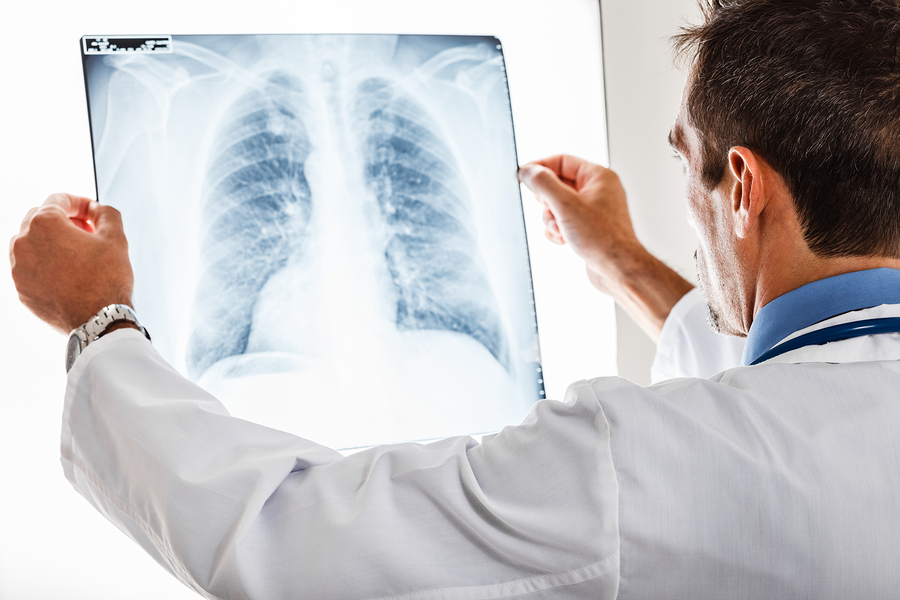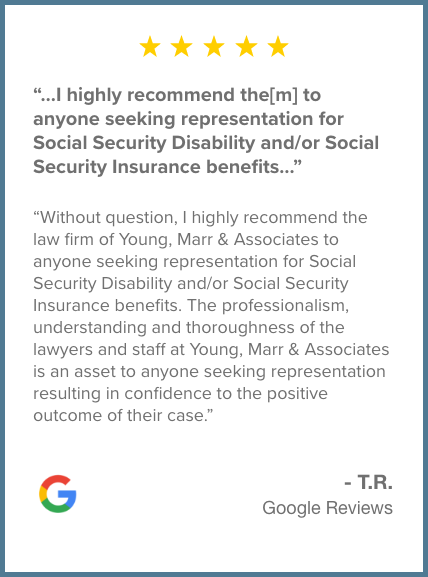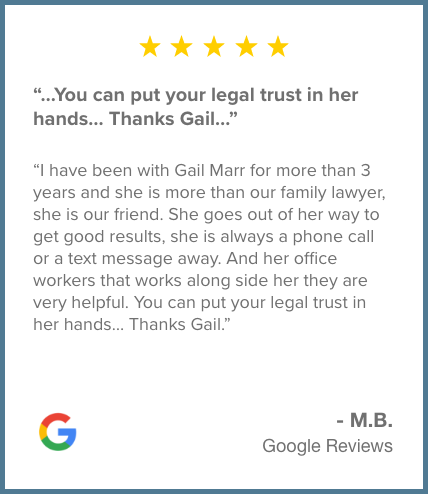Can My Child Qualify for Disability Benefits with a Respiratory Disease?
Respiratory disease is a major health issue in America today, particularly among children. According to the Centers for Disease Control and Prevention (CDC), respiratory issues like asthma, pneumonia, and bronchitis accounted for a staggering 25% of the 2.4 million child hospitalizations in 2005 alone. That works out to approximately 600,000 cases in a single year, or nearly 1,650 hospital admissions every day. If your child is one of the millions struggling with these issues, he or she may be eligible for monthly disability from the Social Security Administration. How does your child qualify for benefits with a respiratory illness?
What Are the General Requirements for Children?
The SSA spends billions of dollars on millions of beneficiaries every year. However, the unfortunate truth is that it can often be very difficult to successfully qualify. (Fortunately, if your claim is initially denied, you have the option to request Reconsideration and if necessary, to proceed to additional stages of the appeals process.)
Part of the reason being approved is so difficult is that the SSA imposes numerous requirements on applicants, some of which are very stringent. Before we begin to address how your child qualifies with a respiratory condition, it’s important to look at how he or she qualifies in general.
These are the SSA’s general requirements for child disability claimants:
- The child’s injury or illness, whatever it may be, must either have lasted or be expected to last for a period of no fewer than 12 months, or be expected to end in death. (In cases of extremely advanced or rare illness, you could potentially be fast-tracked with the Compassionate Allowances program.)
- If the child is working, his or her income must not exceed the current FBR (Federal Benefit Rate) of $721 per month. Note that the FBR changes annually.
- The child must be younger than 18 years old. Once age 18 is reached, evaluation proceeds under the adult criteria.
- The child’s health issue must be severely disabling. This means the child must exhibit “marked and severe functional limitations.”
How Does the SSA Evaluate Respiratory Disease Claims?
The SSA will weigh your medical evidence and the information on your disability claim against something called the “Blue Book,” or Listing of Impairments, which is a essentially catalog of medical conditions. The purpose of assessing a claim against the criteria in the Blue Book is to make sure that the disability in question is classified as “severe” (as mentioned in the above general requirements).
However, even if your child’s health condition doesn’t quite match the often rigorous criteria in the Listing, he or she may still be able to qualify under § 416.926a, which states, “If you have a severe impairment… that does not meet or medically equal any listing, we will decide whether it results in limitations that functionally equal the listings.”
Getting back to the Blue Book, the child listings are kept separate from the adult listings, with respiratory conditions grouped under Section 103.00. Section 103.00 contains the following disorders:
- Chronic Pulmonary Insufficiency — 103.02
- Asthma — 103.03
- Cystic Fibrosis — 103.04
- Lung Transplant — 103.05
Each of these conditions comes with its own set of medical requirements in the Blue Book. Some are familiar and easy to understand, while others are medically complex and difficult to interpret. (Your physician can help you sort through any jargon.)
For example, if you are trying to have an asthma claim approved, your child’s asthma must be accompanied by one of the following:
- “FEV1 equal to or less than the value specified in Table I of 103.02A.” (You can refer to the definitions and tables here.)
- Asthma attacks which happen at least six times each year (or once every two months) “in spite of prescribed treatment and requiring physician intervention.”
- “Persistent low-grade wheezing between acute attacks.”
- “Growth impairment as described under the criteria in 100.00.”
Other conditions have more basic and straightforward requirements. For example, the full text of the requirements for lung transplant claims says only, “Consider under a disability for 12 months following the date of surgery; thereafter, evaluate the residual impairment(s).”
It’s also very important to follow the rules for the types of documentation the SSA will accept. For example, if your child’s claim is based on cystic fibrosis (CF), some examples of “medically acceptable imaging” would include CAT scans, MRIs, and x-rays. As a general rule, recent evidence carries greater weight than old evidence.
If your child is living with lung disease, breathing problems, or other respiratory ailments, he or she may be a good candidate for monthly disability benefits. A Philadelphia disability attorney can help guide you through the process. To schedule a totally free and confidential case evaluation, call the law offices of Young, Marr, Mallis & Associates at (609) 755-3115 in New Jersey or (215) 701-6519 in Pennsylvania, or contact us online today.































